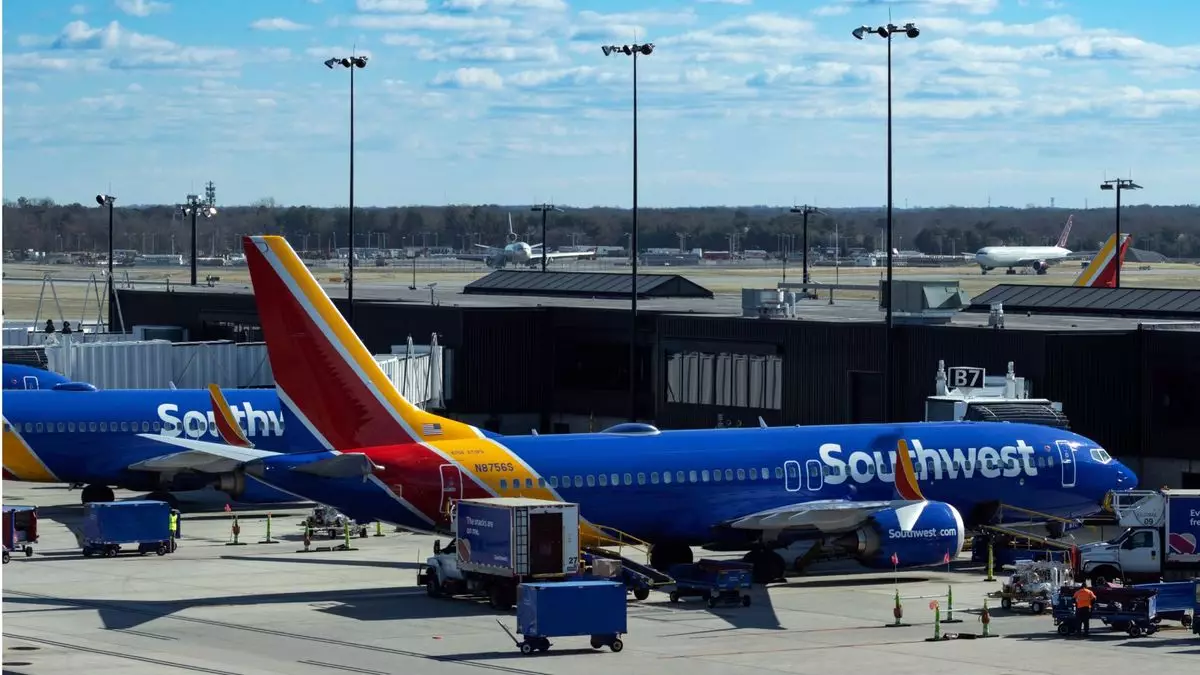Southwest Airlines is known for its unique open seating policy, which has been a distinctive feature since its inception over 50 years ago. However, recent market research revealed that a significant majority of Southwest customers prefer assigned seating. As a result, Southwest announced plans to introduce its first premium seating product and move away from open seating. While this change may attract a wider range of consumers, it also poses potential brand pitfalls for the airline.
The decision to introduce assigned seating and extra-legroom seats could have significant financial implications for Southwest. Analysts estimate that these changes could eventually help the airline generate between $2 billion to $3 billion annually. The move towards a more traditional seating arrangement is a departure from Southwest’s past practices, but it aligns with industry trends where airlines are increasingly focusing on ancillary revenue streams.
Southwest faces operational challenges in implementing the new seating arrangements. Retrofitting more than 700 planes with assigned seating and extra-legroom options will be time-consuming. While the airline plans to convert approximately one-third of its seats to the more upscale product, it remains to be seen how the transition will impact the overall customer experience.
Southwest has long been known for its customer-centric brand and laid-back atmosphere. However, the introduction of premium seating may alter the perception of the airline among consumers. The move towards a more traditional seating model raises questions about what Southwest will now be known for and how it will differentiate itself from competitors.
The shift towards assigned seating and extra-legroom options may impact the overall customer experience on Southwest. The airline’s unique selling proposition of open seating has been a key differentiator in the past. As Southwest transitions to a more standardized seating model, it will need to focus on maintaining its reputation for excellent customer service and hospitality.
Southwest faces stiff competition from other airlines that have long offered assigned seating and premium seating options. The challenge for Southwest will be to attract customers in a crowded market where competitors have already established themselves as leaders in the premium seating segment. The airline will need to find ways to differentiate itself and communicate its value proposition effectively to consumers.
While the introduction of premium seating options may open up new revenue streams for Southwest Airlines, it also poses risks to the airline’s brand identity and customer experience. As Southwest navigates this transition, it will be essential for the airline to stay true to its core values of hospitality and customer service. By striking a balance between innovation and tradition, Southwest can position itself for long-term success in a competitive marketplace.

